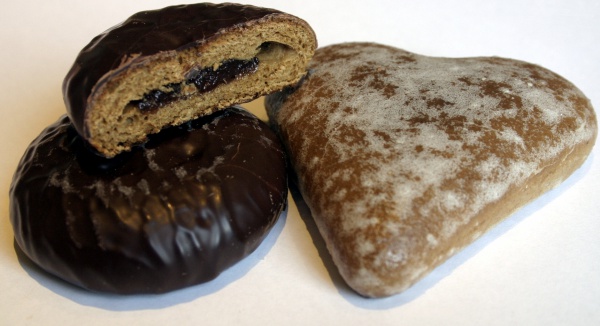Facts About Toruń gingerbread
Toruń gingerbread is a cherished Polish delicacy that has been captivating palates since the Middle Ages. Originating in the city of Toruń, this confection dates back to the 13th century. The city's strategic location provided access to premium ingredients such as wheat and honey, along with exotic spices from distant lands like India. Thanks to these high-quality components, Toruń gingerbread quickly gained renown both in Poland and internationally.
By the 16th century, the Cistercian Order and the Grauer family had become central figures in gingerbread production. Moving into the 18th and 19th centuries, the advent of capitalism resulted in large companies, such as Gustav Weese, supplanting local artisans. Weese's factory became a major enterprise, exporting Toruń gingerbread to destinations as diverse as Africa, Turkey, Japan, China, and the United States.
Toruń gingerbread, also known as "Pierniki Toruńskie" occupies a treasured place in Polish culture and cuisine. It has been presented as gifts to prominent historical figures, including kings, artists, and leaders. This sweet treat has also embedded itself in Polish proverbs, legends, and literary works by renowned figures like Ignacy Krasicki and Frédéric Chopin.
Today, the tradition continues through two main producers: the "Kopernik" S.A. confectionery factory and the Toruń Bakery. Kopernik, the legal successor to the original company founded by Johann Weese in 1763, remains committed to upholding the legacy of this iconic Polish delicacy. Meanwhile, the Toruń Bakery strives to preserve the artisanal craft of gingerbread making, offering premium delicacies for various occasions.
The annual Gingerbread Festival in Toruń is a testament to the rich tradition and craftsmanship inherent in making this beloved Polish treat. Whether enjoyed as a special gift or a delightful snack, Toruń gingerbread remains an enduring symbol of Polish heritage.

 Belarus
Belarus